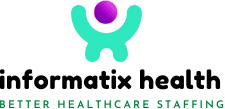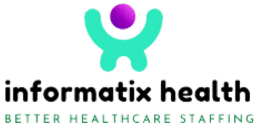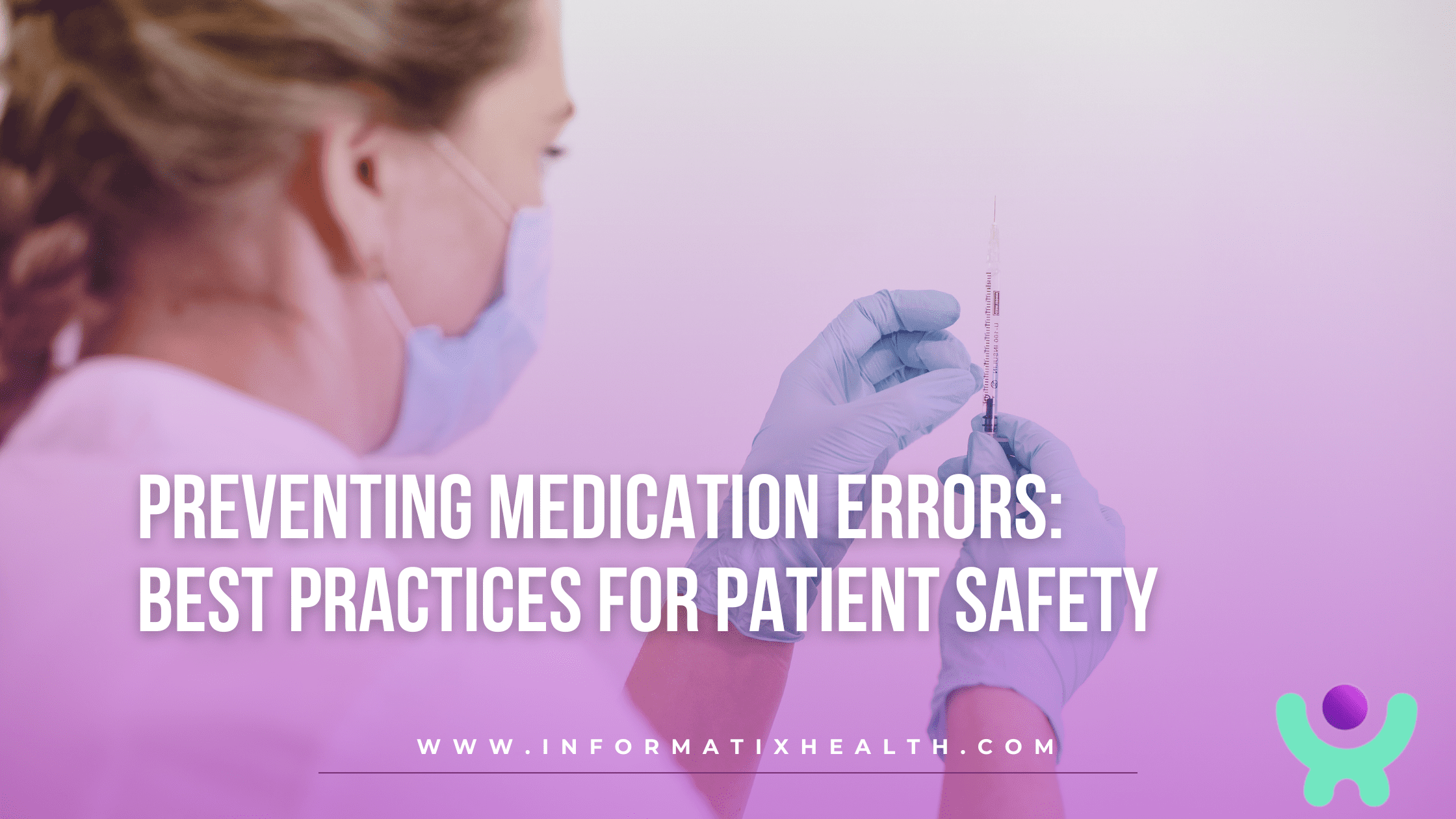Medication errors are a critical concern in healthcare, contributing to adverse patient outcomes and increased healthcare costs. According to the Institute of Medicine, medication errors harm at least 1.5 million people every year. As a nursing staff agency in Massachusetts, we are committed to enhancing patient safety by equipping healthcare professionals with the knowledge and tools to prevent medication errors. Here are best practices for ensuring medication safety and improving patient care.
1. Follow the “Five Rights” of Medication Administration
One of the fundamental principles of medication safety is the “Five Rights.” These guidelines ensure that nurses administer the correct medication in the correct dose, to the correct patient, via the correct route, at the correct time. Implementing this checklist helps reduce the chances of medication errors.
- Right Patient: Always verify the patient’s identity using two identifiers, such as their name and date of birth, before administering medication.
- Right Medication: Double-check the medication label with the physician’s order or pharmacy instructions to ensure it’s the correct drug.
- Right Dose: Review the dosage carefully to ensure it matches the prescribed amount. Always confirm whether the prescribed dosage is within safe limits.
- Right Route: Ensure the medication is taken in the proper form—oral, intravenous, subcutaneous, etc.
- Right Time: Administer the medication at the prescribed time to maintain its effectiveness.
2. Utilize Medication Barcoding Systems
Implementing medication barcoding technology can greatly reduce the risk of medication errors. By scanning both the patient’s wristband and the medication before administration, nurses can confirm that the right medication is given to the right patient. This system helps identify potential discrepancies and prevents dangerous mix-ups.
3. Keep Clear and Accurate Documentation
Documentation is essential in preventing medication errors. Nurses should record all aspects of medication administration, including the drug name, dosage, time, route, and any observed reactions. Accurate documentation not only supports patient care continuity but also helps identify and address any potential medication issues quickly.
4. Conduct Thorough Patient Education
Educating patients about their medications plays a critical role in preventing errors. Nurses should ensure that patients understand their medication regimen, including the dosage, purpose, side effects, and any special instructions (e.g., taking with food or on an empty stomach). Encouraging patients to ask questions can further reduce the risk of misunderstandings or noncompliance.
5. Communicate Effectively with Healthcare Team Members
Clear and open communication between healthcare team members, including physicians, pharmacists, and nursing staff, is vital for medication safety. Nurses should ask for clarification whenever there is doubt about a prescription or any discrepancies between the doctor’s orders and what is available. Collaborative communication reduces the risk of errors due to misinterpretation or overlooked details.
6. Review Medication Orders Thoroughly
Before administering medications, nurses should take the time to review medication orders and consult with pharmacists if there is any uncertainty regarding the drug or dosage. Pay special attention to high-risk medications such as anticoagulants, insulin, and opioids, which require more vigilance due to their potency and potential for harm.
7. Use Technology for Medication Management
Incorporating electronic health records (EHRs) and computerized physician order entry (CPOE) systems can minimize errors that occur with handwritten prescriptions. These systems provide real-time access to medication orders, dosages, and patient medical histories, reducing the likelihood of adverse drug interactions and incorrect medication choices.
8. Encourage Double-Checking
In high-risk situations, such as administering chemotherapy or potent medications, encourage a second nurse to verify the medication and dose before administration. Having two sets of eyes on the medication ensures an additional layer of safety, reducing the chance of human error.
9. Promote a Safety Culture
Fostering a safety culture within healthcare teams is crucial for reducing medication errors. Encourage staff to report near-misses or errors without fear of blame. Learning from mistakes and sharing best practices can help identify gaps in medication safety and ensure that the team is always improving.
10. Stay Updated with Continuing Education
Nurses should participate in ongoing education to stay up-to-date with the latest guidelines, drugs, and technologies that impact medication safety. Training on new medications, updated dosage guidelines, and the use of advanced medication management tools will enhance a nurse’s ability to reduce medication errors.
Preventing medication errors requires constant vigilance and a proactive approach from every member of the healthcare team. By adhering to best practices, staying informed, and working collaboratively, we can ensure the highest standards of medication safety and improve patient outcomes.
At Informatix Health, we understand the importance of patient safety, and we are dedicated to providing healthcare facilities with experienced and well-trained nurses who prioritize effective medication administration. If you need nursing staff who are committed to enhancing patient safety and preventing medication errors, contact us today.
Take action now to elevate patient safety at your healthcare facility. Partner with us for reliable, expert nursing staff who follow best practices for medication administration and patient care.
☎️ (508) 388-2020 or (617) 333-8834
Visit our website https://informatixhealth.com/ or FB page https://www.facebook.com/InformatixHealthInc


